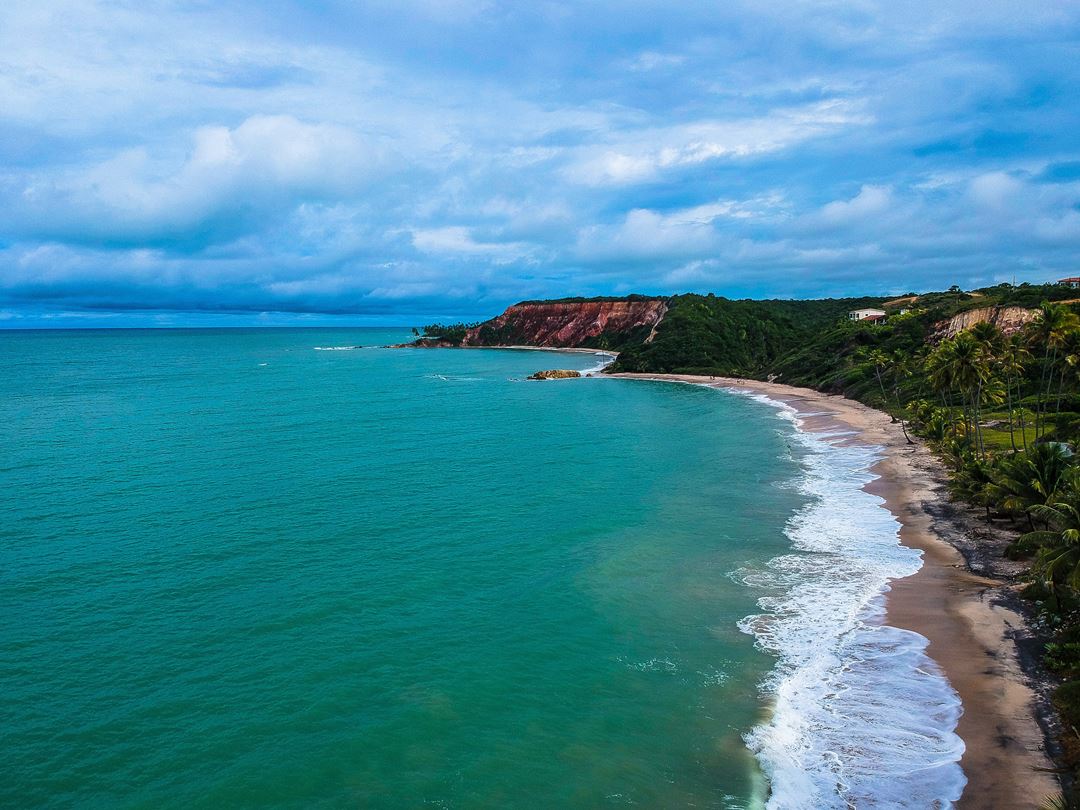“Our success with these calls shows that SINTEF is highly relevant for Europe and has the competency to coordinate such cross-disciplinary projects with large consortiums and complete value chains”, says SINTEF President and CEO Alexandra Bech Gjørv.
SINTEF Digital leads project on climate-change resiliency
RESIST looks at regions for resiliency against climate change through innovation, science and technology which aims at making the regions more sustainable. More extreme weather, higher ocean temperatures and a rising ocean level all contribute to many challenges in the time ahead. 12 especially vulnerable regions in Europe have now been named as core areas in the project, including Vesterålen in Norway, which has now become the spearhead of the project.
With the help of digital modelling, researchers will visualise everything from how the ocean is rising to how climate affects various factors. This will be used to explain the climate effects in the geographical regions, which can then be used by governing authorities. Concretely, the project will perform large-scale tests of innovations for climate adaptation in the 12 selected regions, with the goal of then transferring this knowledge and these innovative solutions between the regions.
The project has a total budget of near 270 million NOK and is a collaboration between 56 partners from the EU, Norway and Ukraine over a five-year period.
SINTEF Ocean participating in three projects
SINTEF Ocean will lead a large project on ecosystem restoration along coastal areas from Svalbard to Madiera. In addition, SINTEF Ocean will participate as work package and task leader in two other so-called Lighthouse projects, which will contribute to concrete, sustainable solutions. These are led by The Institute of Marine Research (OLAMUR) and German SUBMARINER Network for Blue Growth (BANOS).
The EU’s Mission Ocean program is divided into geographical ocean basins, and new allocations er for the Atlantic and Arctic Basin and the Baltic and North Sea Basin, respectively. These are the financed projects:
Coastal restoration from Svalbard to Madeira
SINTEF Ocean, with Senior Researcher Ida Beathe Øverjordet as coordinator, will lead the project CLIMAREST (Coastal Climate Resilience and Marine Restoration Tools for the Arctic Atlantic basin). The project is from the Lighthouse call for restoration of marine and coastal ecosystems for increased climate resilience across European coastal zones. The total budget for the project is approximately 86 million NOK, 22 million NOK of which goes to SINTEF Ocean. Other Norwegian partners include NINA (6 million NOK), NTNU (5 million NOK), the Norwegian Meteorological Institute (1.2 million NOK) as well as SINTEF Digital and Community (7.5 million NOK combined).
“We very much look forward to being project coordinators of CLIMAREST. Restoration of these fragile and vulnerable coastal habitats, from Svalbard in the high Arctic to Madeira in the North Atlantic, is crucial. These ecosystems are so sensitive to disturbance, but they play such a major role as drivers of habitat complexity and biodiversity in the ocean,” says coordinator for CLIMAREST Ida Beathe Øverjordet. The project consortium is scheduled to start their work by January 1st, 2023.
Cultivating kelp and mussels in floating wind parks
SINTEF Ocean will also participate in the OLAMUR project (Offshore Low-trophic Aquaculture in Multi-Use scenario Realisation), an Innovative Action from Horizon Europe, led by the Institute of Marine Research. This proposal was developed for the call for Lighthouse in the Baltic and the North Sea basins that would focus on low impact marine aquaculture and multi-purpose use of marine space. SINTEF Ocean will lead the work package on governance of integrated socio-ecological-technical systems.
“Floating wind parks are becoming a reality, so utilising these areas to their full potential is key in terms of maximising area use and minimising biodiversity loss. Not only can we use these wind parks to create green energy, but we can also create habitats for food cultivation and CO2 uptake, and even use these areas as nature reserves,” says Rachel Tiller, chief scientist at SINTEF Ocean and leader of SINTEF’s strategic research area for biodiversity and area use. She developed the work package on governance in the OLAMUR project together with Senior Research Scientist Dorothy Dankel.
“The Intergovernmental Panel on Climate Change and the Convention on Biological Diversity recommend protecting and restoring 30-50% of the ocean, and initiatives like OLAMUR are integral contributions to achieving these multilateral agreements,” Tiller continues. "Studying governance challenges and opportunities within the context of multi-use of marine space is therefore critical," she says.
SINTEF Ocean is allocated 3.5 million NOK to do this work, in collaboration with Global Climate Forum from Germany, which has the same budget.
Coordination and Support Action Blue Mission BANOS
Closely linked to OLAMUR is the BANOS project, a Coordination and Support Action (CSA) to the Mission Ocean Lighthouse in the Baltic and North Sea Basins. The project will be a facilitator and knowledge broker for the Lighthouses, and aims to inspire, engage, and support stakeholders from politics, industry, science and the public across the Lighthouse projects for the area, including OLAMUR, in order to channel resources effectively towards the Mission Ocean objectives. SINTEF Ocean is the only Norwegian partner in this project, which is coordinated by SUBMARINER Network for Blue Growth from Germany.
"Our role in this project is to contribute with our extensive experience with methodologies for stakeholder co-creation workshops. We will both lead a task on training the other participants in using these methods to ensure cross-case comparison of results, but also hold iterative workshops ourselves, to develop scenarios for policy action plans", says Chief Scientist and task leader Rachel Tiller.
SINTEF Ocean has a budget of approximately 2 million NOK for this work.
Missions projects as a part of the big picture
These projects will run for three to four years and have received a combined total of 202 million NOK in support from the EU, of which approximately 35 million NOK is allocated to SINTEF. EU Missions are a part of Horizon Europe’s research and innovation programme from 2021-2027 and aims to increase the continent’s climate change resiliency while involving stakeholders at all levels, from governance to citizens. Participating in Missions-related projects provides a prestigious platform for cross-sectorial collaboration and is intended to directly contribute to progress with the UN’s Sustainable Development Goals, as well as the goals set out in the Paris Agreement (UNFCCC) and the Convention on Biological Diversity’s global agreement on biodiversity (CBD).


